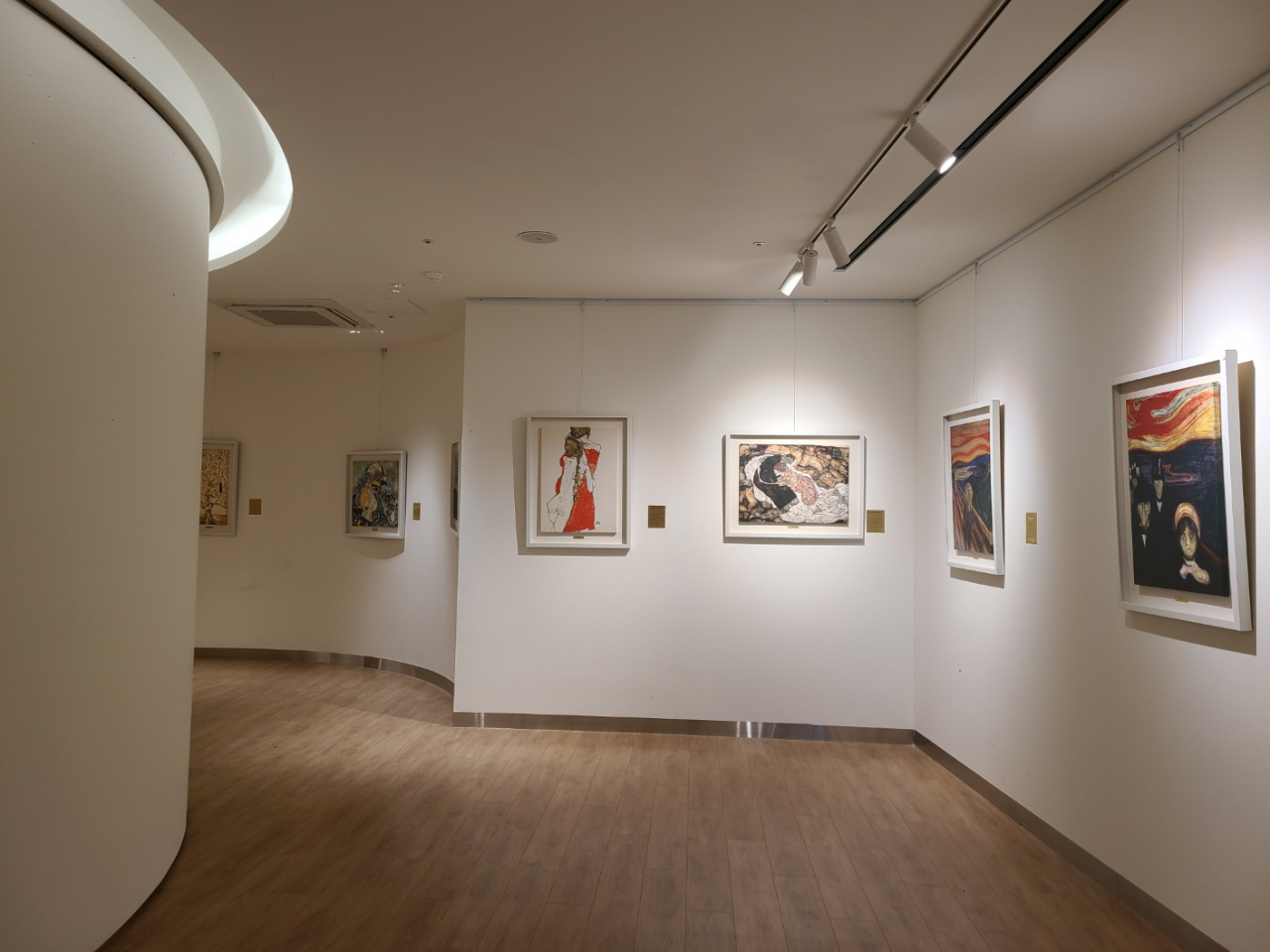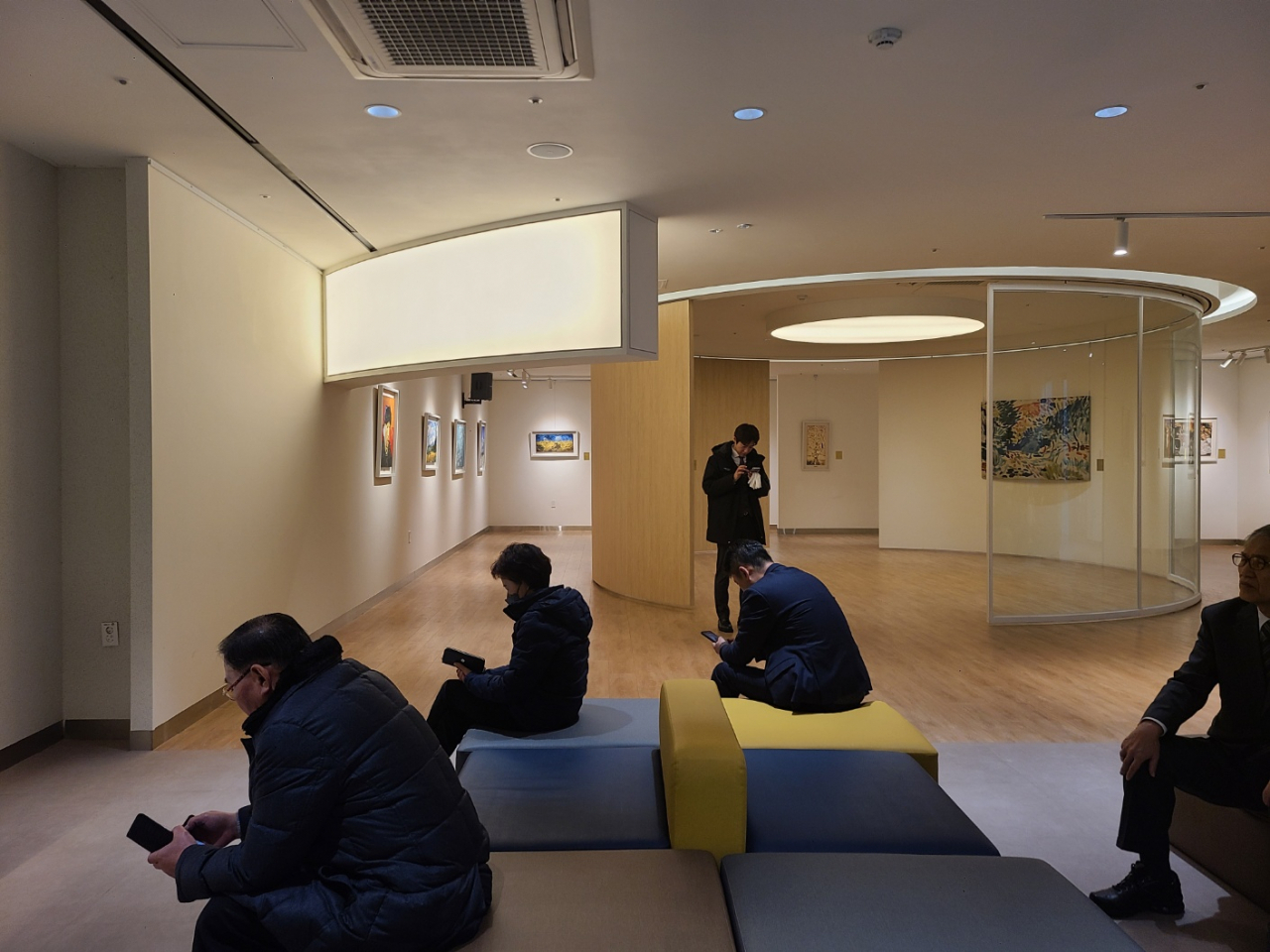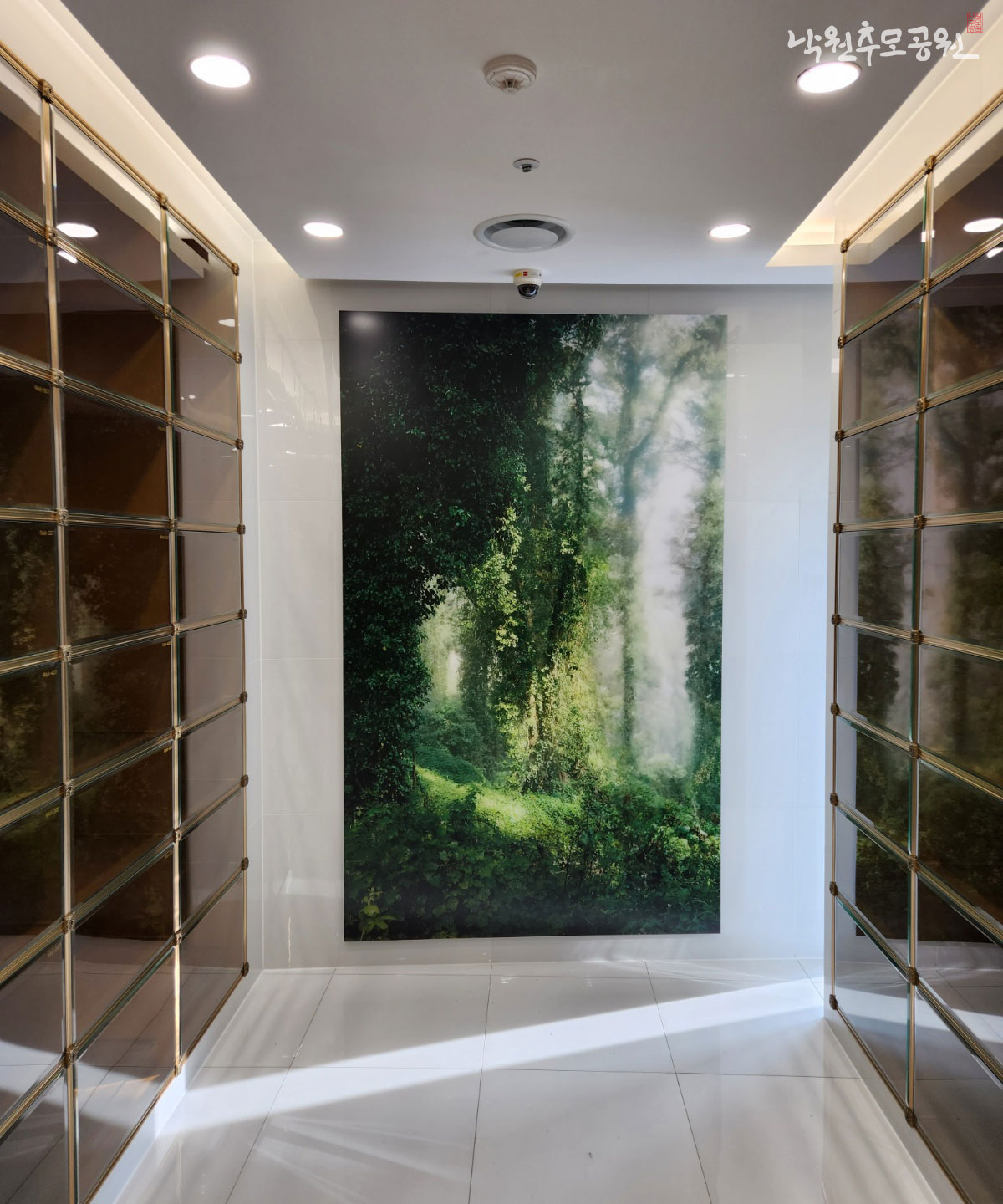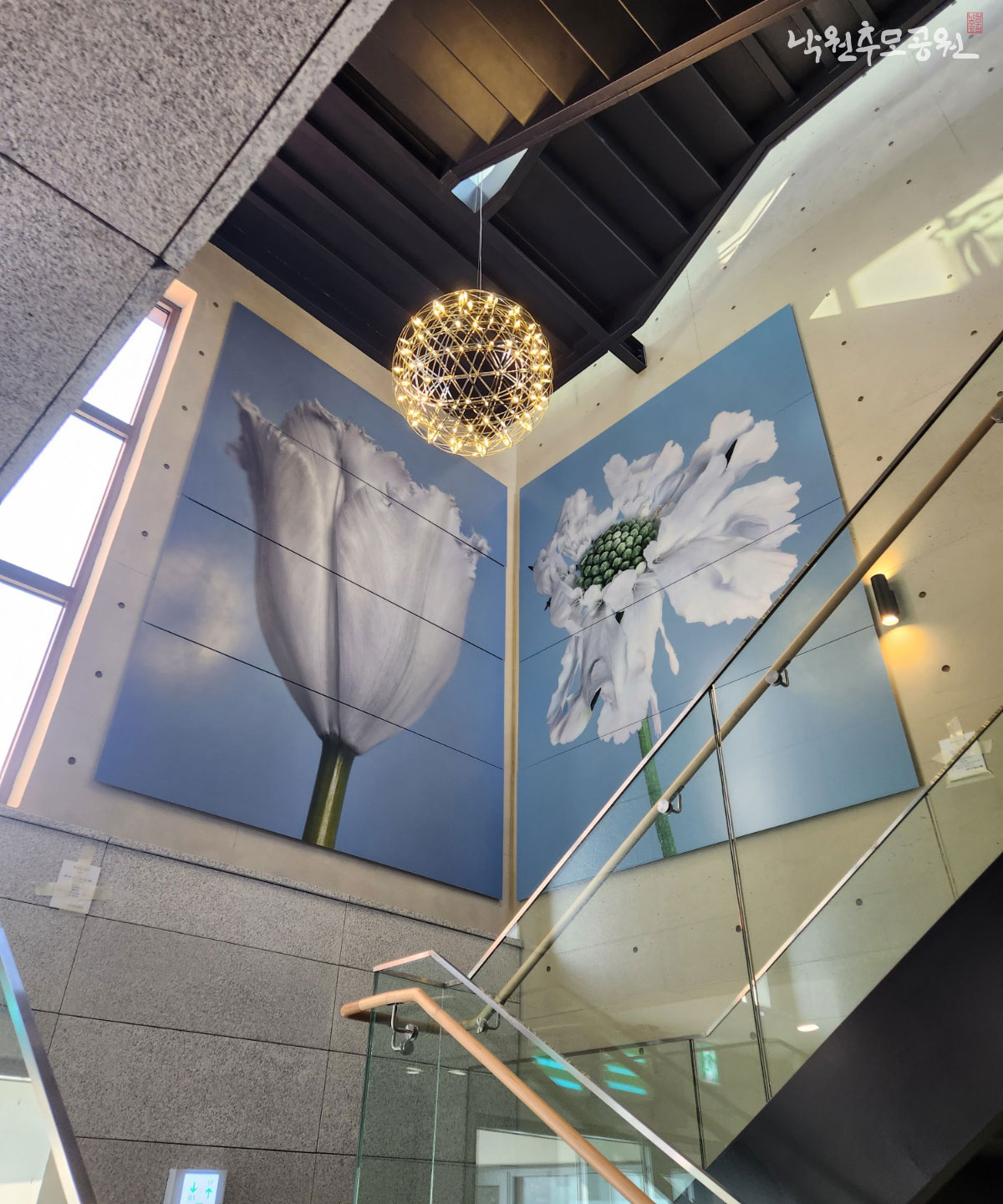Cemeteries, columbariums reinvent themselves as sanctuaries for the living
Spaces of grief now embrace art galleries, cafes to welcome visitors
By Jung Min-kyungPublished : Nov. 21, 2023 - 14:19
Cemeteries and columbariums in South Korea evoke images of sorrowful families and friends mourning the loss of loved ones. With their rows of urns in glass cabinets, columbariums, in particular, are the last place anyone wishes to visit unless compelled to by the loss of someone dear to them.
Called “memorial parks,” the solemn atmosphere of these facilities makes them an unwanted addition to a neighborhood in South Korea, where property prices are a key concern.

But from about a decade ago, a wind of change has swept through these spaces. Cemeteries and columbariums are evolving to incorporate art galleries, cafes and inviting green spaces, catering to not only grieving people but to ordinary visitors.
The city-run Seoul Memorial Park in Seocho-gu was a trailblazer for mixing the concepts of art and reverence. Opened in 2012 as the nation’s first inner-city columbarium, the facility tried to find ways to overcome conventional public perceptions of a columbarium.
On a weekday in mid-November, some 10 people were quietly contemplating artworks displayed at a gallery situated on the premise of the city-run columbarium. Dubbed “In-yeon,” which means “destined relationship” in Korean, the 280-square-meter gallery showcased around 25 pieces of imitation art by renowned artists such as Vincent van Gogh.
One of the visitors was 36-year-old Kim Ji-min, who had just lost her father.

“It gives me comfort to sit in the gallery and just think about him,” Kim said in a quiet voice, while sipping on hot tea.
“I think art depicts so many elements and moments in life and looking at them reminds me of the precious memories of me and my father together,” she added.
The gallery usually exhibits imitations of masterpieces, but it does organize special exhibitions of art by Seoul citizens. Earlier this year, it selected some 30 paintings revolving around the theme of hope, comfort and life by Seoulites to be exhibited at the gallery.
“South Korea still holds a negative view toward cemeteries and columbariums, which is why they’re mostly located far away from the inner cities,” a Seoul Metropolitan government official said.
“But in other cultures, such facilities are open to the public as green spaces. The goal of our memorial park is to provide rest and healing to our citizens,” the official added.
Nakwon Memorial Park, a columbarium located in Gimhae, recently made headlines for landing a collaboration project with star photographer Oh Joong-seok.
Oh’s bright photographs now lighten up the halls of the facility, imparting an unexpected vibrancy to what is typically perceived as a tranquil and solemn space.
“Our recent collaboration with Oh in October is part of our effort to make memorial parks less dark and serious and develop them into a cultural ground where visitors can come with a relaxed mind,” its spokesperson said via phone interview.
Cafes, death tours and music
The changed atmosphere at cemeteries and columbariums reflects a broader shift in the way Koreans pay respects to and remember the departed.
Traditionally, cemeteries and columbariums would receive hundreds of visitors seeking to pay respects to their ancestors and loved ones around Korean Thanksgiving known as “Chuseok.”
But the number of people paying their respects during the holiday season has been declining in recent years, as more choose to remember their lost ones in their own ways or through a visit on less busy days.

In a survey conducted by local credit card issuer KB Kookmin Card on 420 Koreans earlier this year, less than half, or 45 percent of the respondents, said they plan to visit the graves of their ancestors and family members, or pay respect to them in any way during Chuseok.
Noting these changes, cemeteries and columbariums have been working to improve the experience of visiting.
Seoul Memorial Park hosts an annual “healing tour” where children and adults can both participate to learn about death. The free educational tours are held about 20 times between April to November every year.

The tour focuses on teaching participants about respecting life, communicating with friends and family and learning about the meaning of cremation and the culture of paying respect to the dead.
Both Seoul and Nakwon memorial parks also frequently hold orchestral or musical performances to ease the minds of visitors.
Visitors can also get coffee and tea from cafes within the buildings.



















![[Today’s K-pop] Treasure to publish magazine for debut anniversary](http://res.heraldm.com/phpwas/restmb_idxmake.php?idx=642&simg=/content/image/2024/07/26/20240726050551_0.jpg&u=)